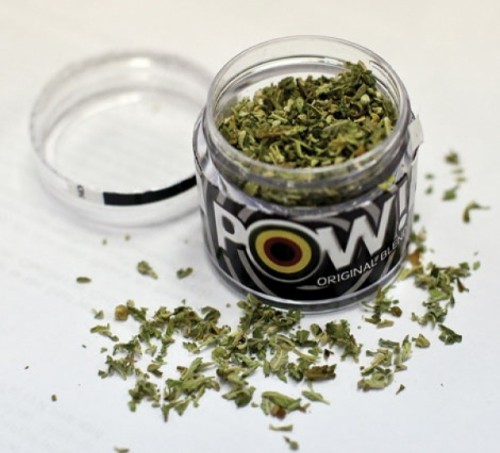Vice Squad
A controlled-substances committee is out to fight spice, bath salts and bad drug policy.
By Eric S. Peterson @ericspeterson“I’m conservative in the sense that I think there’s a limited role for government—including regulating drugs,” says committee chair and former Utah Health Department Director David Sundwall. “It’s a two-way street determining what should be regulated and what should not be regulated,” Sundwall says. “This [committee] just recognizes that there is an ever-changing menu of fun drugs out there.”
Created in 2010, the committee has already helped craft the 2011 Legislature’s recent spice and bath salts ban, while rejecting other calls for drug prohibitions that didn’t make sense. Staffed with doctors, a dentist, a naturopathic physician, a member of the Utah Attorney General’s Office and others, the committee has become a clearing house for the Legislature to keep up with the latest designer drug evolutions.
Rep. Paul Ray, R-Clearfield, still remembers the phone call that motivated him to create the committee. He had sponsored legislation in the 2010 session to outlaw Salvia divinorum, an herb with mild psychedelic qualities. When legislative staffers asked which class of controlled substance Ray wanted the herb classified as, he realized he didn’t have the medical expertise to make that decision.
“I realized this is not the way to do this,” Ray says. “I withdrew the bill and put one out to create the advisory council that can take a nonpolitical look at these drugs and get away from emotional, knee-jerk reactions.” With that in mind, Ray specifically drafted the composition of the committee to exclude legislators.
Ironically, the committee recommended that salvia not be classified as a controlled substance since it was not commonly used in Utah, nor did research show its effects to be especially harmful. In the 2011 session, the committee also tabled a bill sponsored by Rep. Chris Herrod, R-Provo, that would have listed kratom, an obscure leaf from South East Asia that had traditionally been chewed for a caffeine-like stimulus, as a controlled substance.
In 2011, the committee was instrumental in banning spice, the synthetic marijuana “incense” that had recently become popular in local tobacco shops. The committee fine- tuned the bill to outlaw the spice chemicals, but not list them as controlled substances, which makes it easier for researchers to study the chemical structure of spice.
At a March 31 meeting, the committee heard a report from a representative of the Utah Department of Public Safety stating that in March alone her department had collected 32 samples of spice, 18 of which were analogue varieties or included analogue strains—ones she says prosecutors are uncomfortable charging since they’re not specifically outlawed in statute.
The committee is hoping the Legislature will study giving them the power to temporarily ban such analogues pending a final say during the legislative session—thus keeping “clever scientists” from just reshelving store supplies with new spice brand variations. “They’re very creative and quick to profit off these changes,” Sundwall says. “It’s like squeezing a balloon—you take care of one thing, and it pops out somewhere else.”
Glen Hanson, the committee’s pharmacologist and former director of the National Institute on Drug Abuse in Washington, D.C., worries about people’s assumptions that spice is just legal marijuana. He says the untested substances—often manufactured in China—are marketed to deceive consumers.
“A new strategy they use is they tell you what’s not in them,” Hanson says, referring to packages that defend their legality by listing the outlawed chemicals as not being in the product—but not listing the chemicals that are in them whose side effects are largely unknown to researchers. Hanson notes some spice brands include chemicals that actually block cannabinoid receptors and bring users down more than get them high. “[They] can cause depression, and in rare cases, are associated with suicidal tendencies,” Hanson says.
The committee is hoping that the ability to make temporary bans will allow law enforcement to truly take the products off of the shelves. But in the meantime, they are busy studying the latest in designer-drug trends so members can give legislators recommendations based on scientific research.
“We think its bad policy [that] every time a recreational medicine comes along [we] make it illegal,” Sundwall says. “That’s a bit of a fascist state, in my mind. You want to be prudent in what you regulate.”
More by Eric S. Peterson
-
The Secret Sauce
How Utah lawmakers disclose—or don't disclose—conflicts of interest.
- Feb 14, 2024
-
Police departments in Salt Lake County spent almost $20 million on civil rights complaints in the past decade
The Co$t of Mi$conduct
- Oct 18, 2023
-
Women decry harassment and toxic culture at St. George auto dealership
Men at Work
- Oct 11, 2023
- More »
Latest in News
Readers also liked…
-
Raise a glass for E.L.T Harrison, architect of the Beerhive building on Main
Small Lake City
- Oct 11, 2023





